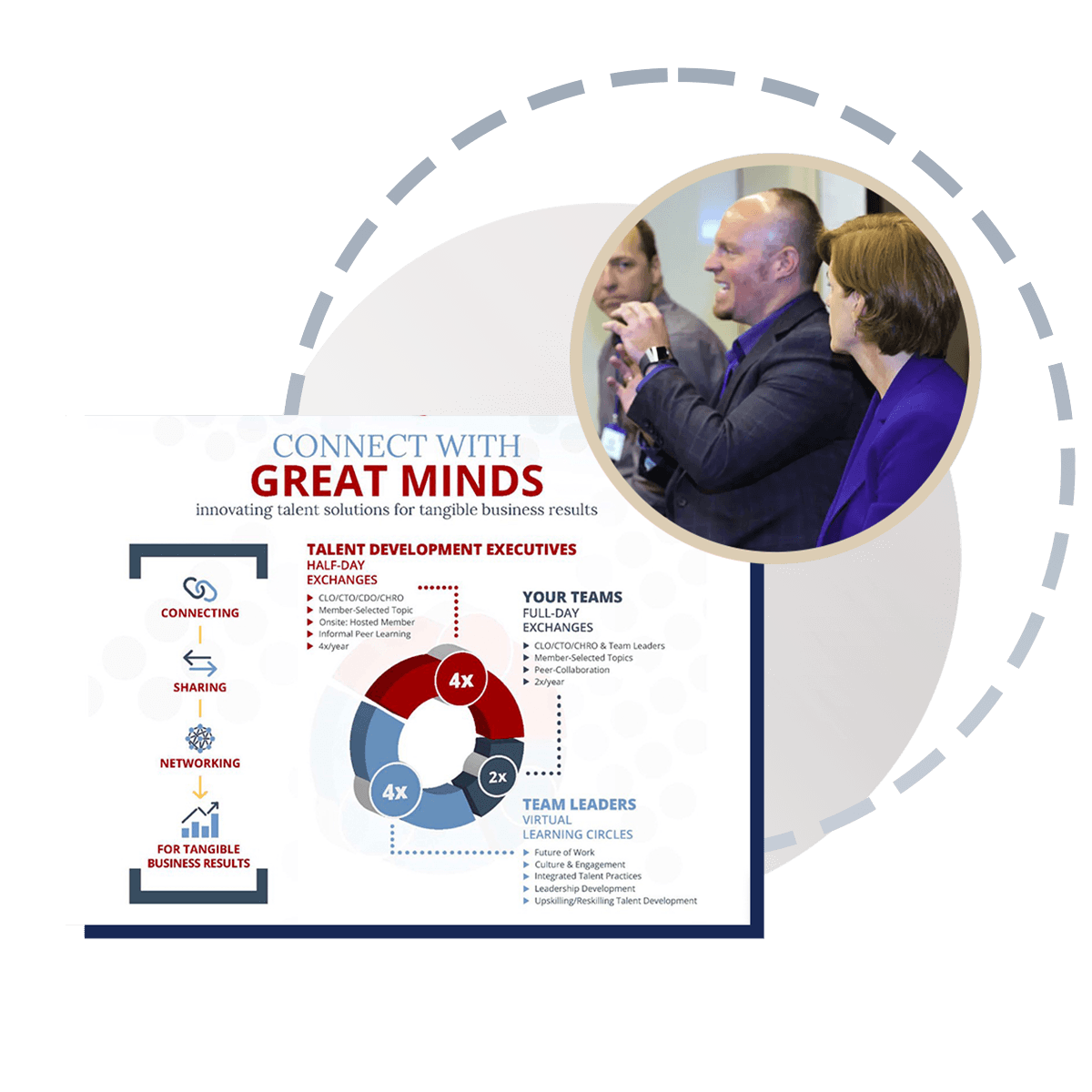Decision-making is now on the list of the top 15 global challenges facing humanity. In today’s complex business world, that notion rings true. Organizations are constantly challenged with new and emerging situations that require both immediate and effective solutions. The key to overcoming such a scenario boils down to decision-making, problem-solving, and collaboration. What can we learn from neuroscience to help improve these functions?
Too often conventional learning solutions are created in a way that rarely, if ever, challenge the way participants think. Instead they typically rely on rote methodologies that fail to change the participant’s thinking and behavior. Daniel Kahneman, recipient of the Nobel Prize in Economic Sciences for his work challenging the rational model of decision making, explains that our brains function using two distinct systems: System 1 is our “fast” brain. Think of this as our automatic pilot or subconscious brain. System 2 is our “slow” brain. It is responsible for analyzing information, assessing data, and considering solutions. In real-world settings, it’s tough to trigger System 2 thinking, even though it’s often more desirable. This activity-driven session will provide insights that challenge you to rethink your own thinking and approaches to learning.
